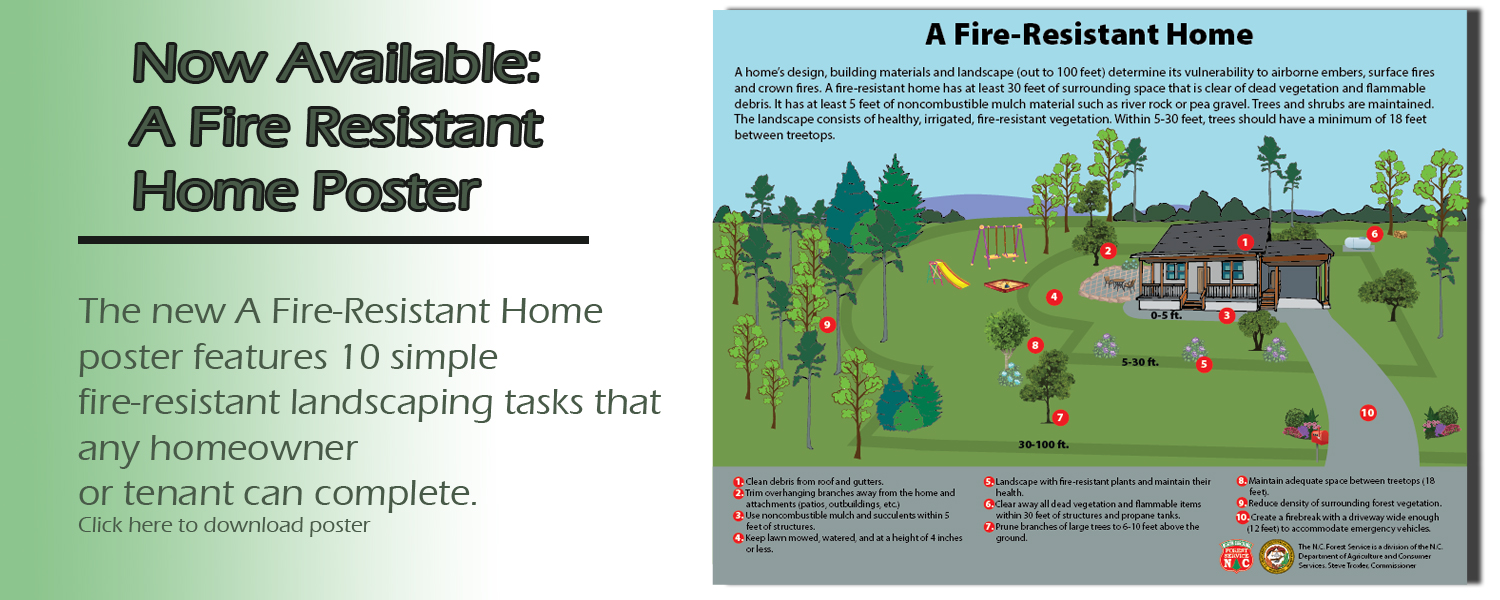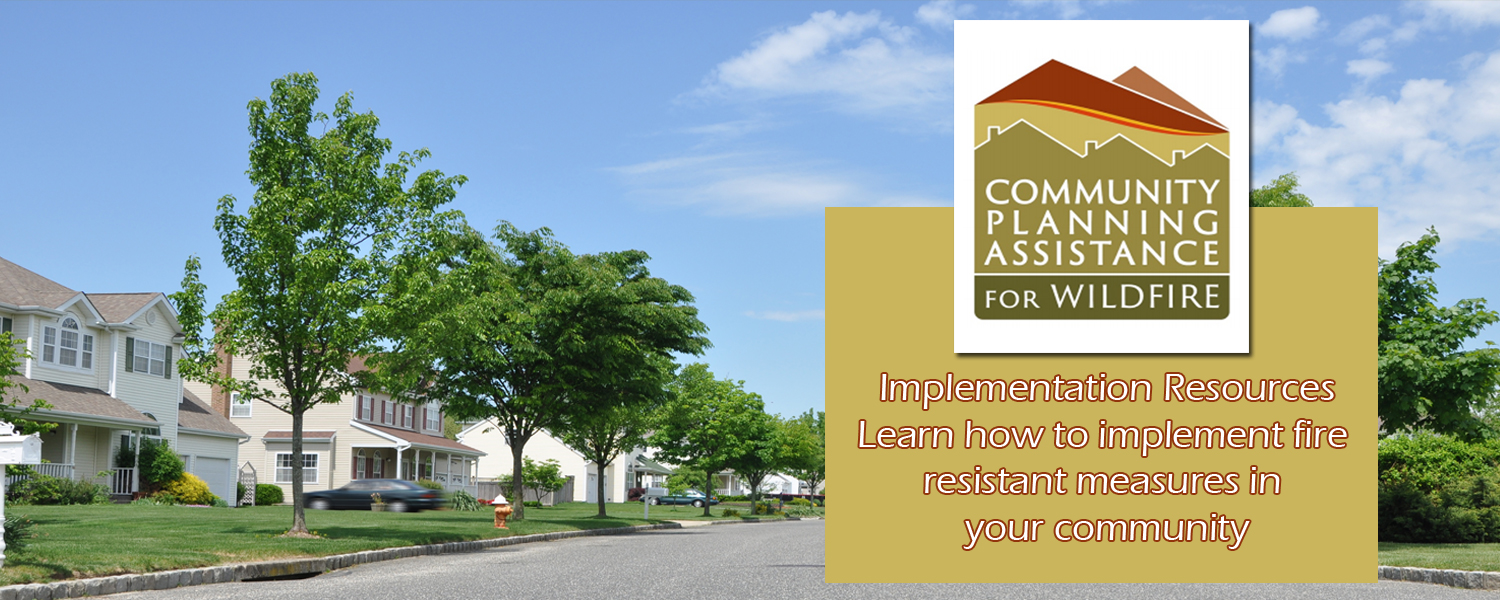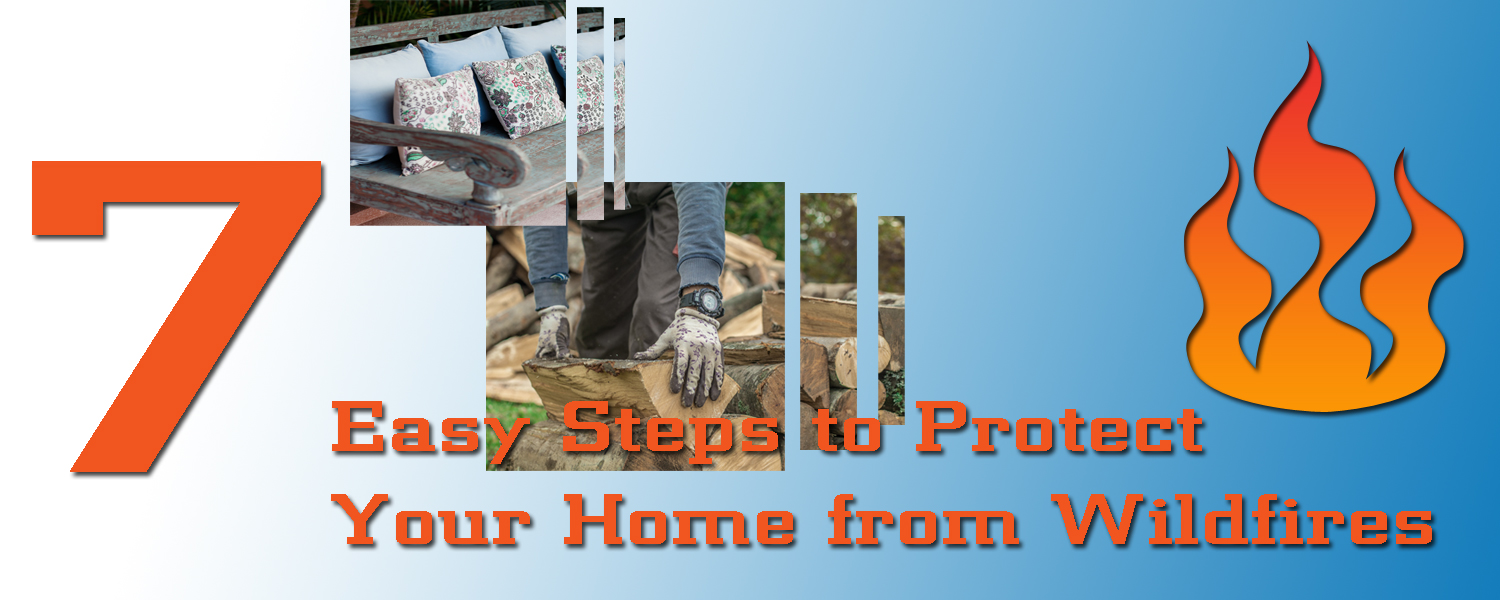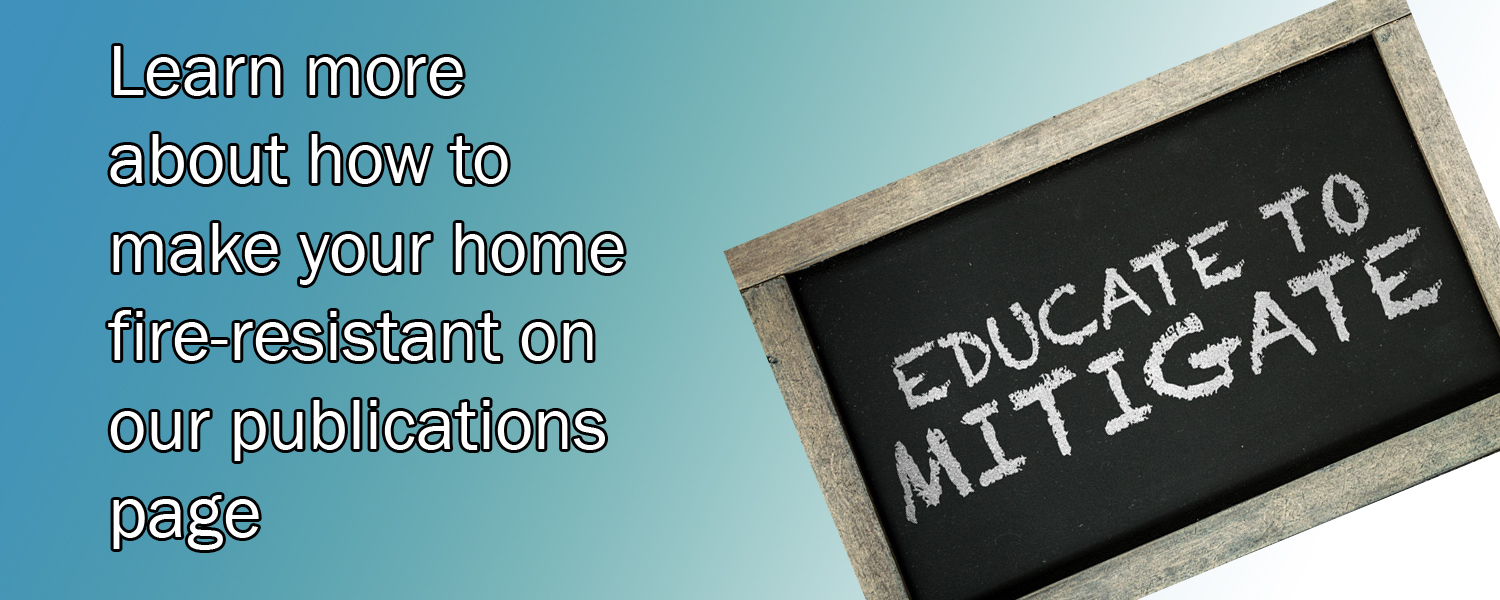Resist Wildfire North Carolina
The Wildland/Urban Interface (WUI) is defined as the area where homes and communities meet or intermingle with undeveloped wildland vegetation. Wildfires that occur in the WUI can be extremely dangerous or destructive to lives and property.
As development has increased in North Carolina over the past few decades, a large number of homes and communities have been built in Wildland/Urban Interface areas, increasing their risk for exposure to wildfire.
While many people think of western states such as California as being particularly prone to wildfire destruction, the problem also exists in North Carolina. Wildfire is a natural part of the state's ecosystems and the statistics below from the 2010 census (src: The 2010 Wildland-Urban Interface of the Conterminous United States) illustrate the danger that many residents live under. It is not a matter of "if" a wildfire will occur, but "when" it will happen.
- North Carolina is #1 in the Nation of area (acres) in the WUI (Wildland Urban Interface), (13,402,007 acres of 33,708,881 acres), 39.8 percent.
- North Carolina is #4 in the nation for number of homes in the WUI (2,247,317 homes of 4,327,528 homes), 51.9 percent.
- North Carolina is #4 in the nation for the number of people in the WUI (4,835,825 of 9,535,483 people), or 50.7 percent.
- North Carolina is #6 in the nation for number of Seasonal Homes and (144,879 of 191,508 seasonal homes is in the WUI), 75.7 percent.
While structural firefighters, often working in conjunction with the N.C. Forest Service (NCFS), work diligently to suppress WUI wildfires, the simple truth is that very few fire departments have the quantity of resources to protect every home in a WUI area. Even with adequate equipment, the design of many communities makes it extremely difficult for firefighters to safely access threatened homes.
The dangers of the WUI mean that homeowners must take the initiative in working to protect their property and neighborhoods before a wildfire occurs. The North Carolina Wildfire Mitigation Program and Firewise USA programs provide information for homeowners, builders, planners, developers and fire officials to help mitigate the risks associated with wildfire in the WUI.



